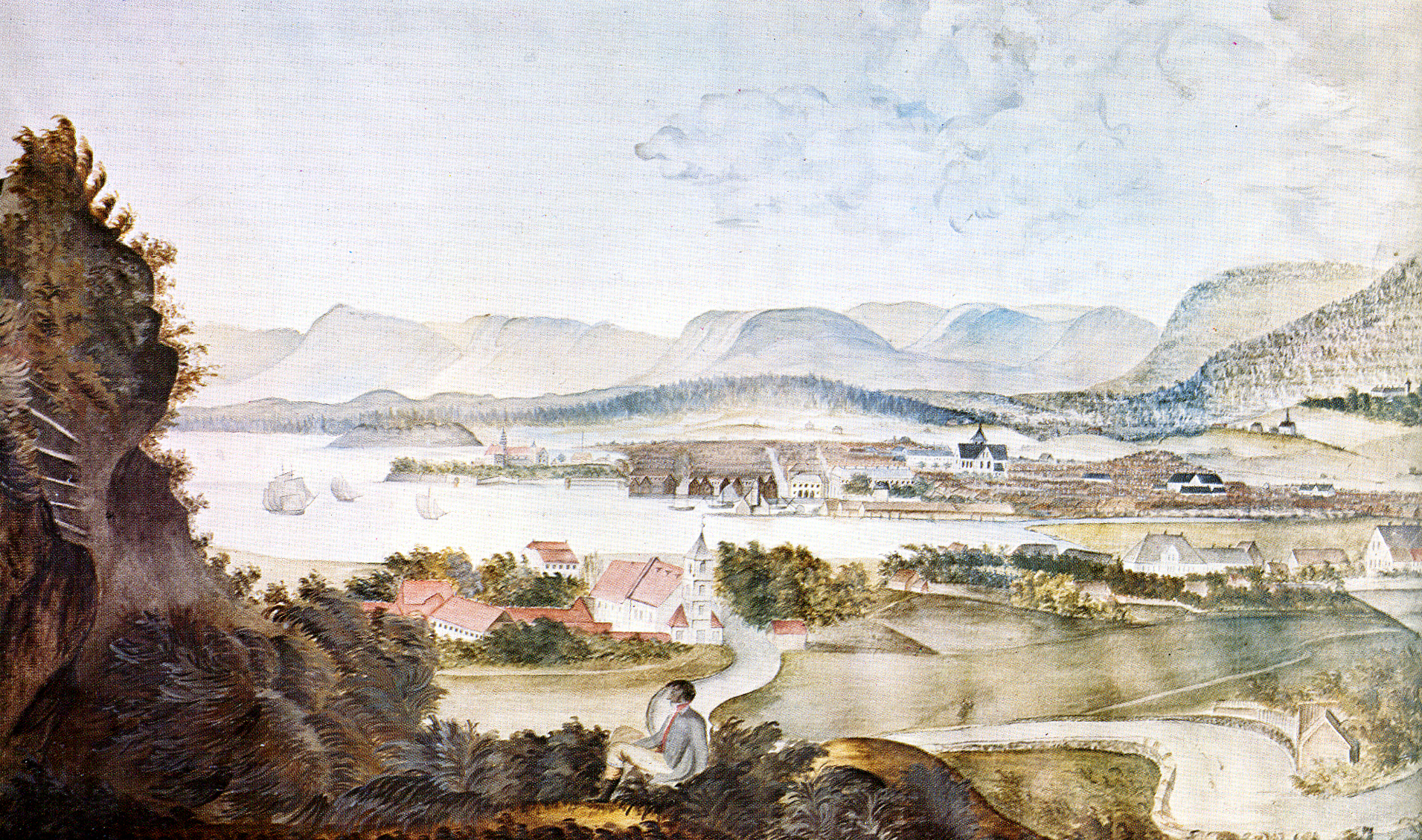
July 5, 2019, by Brigitte Nerlich
The history of biology and the joys of blogging
For the first time in my life and after the end of my official academic career, I’ll be co-presenting a paper at the International Society for the History, Philosophy and Social Studies of Biology conference, which is taking place this year in Oslo, from July 7-12. I’ll only be co-presenting and I won’t be there in person for health reasons. So, I’ll only be a ghost, ghost-written into a paper mainly drafted by Andrew Reynolds. But… I am still excited about this. And…, of course, disappointed, as there are many people I would have loved to meet in the flesh, rather than haunting them as a ghost.
ISHPSSB
The ISHPSSB was formed in 1989 in order to hold a biennial meeting, bringing together researchers interested in biology as a discipline, and specifically in its history, philosophy and sociology.
You can see how interdisciplinary things are by reading about the 2019 conference. The meeting in Oslo is a joint effort of The Norwegian Museum of Science and Technology (NTM) and the University of Oslo Centre for Ecological and Evolutionary Synthesis (CEES), the Institute of Health and Society (HELSAM), the TIK Centre for Technology, Innovation and Culture, and the Museum of Cultural History – Department of Ethnography, Numismatics, Classical Archaeology and University History (MUV).
The programme looks fascinating. The first keynote lecture is by Fern Wickson, whom I know from the old ‘nano’ days and it sounds intriguing: “Lessons learned from waterfleas, whales and bees: A journey into environmental controversies in the search for sustainable food”.
The second keynote is by Gísli Pálsson, whose work I know through my current interest in epigenetics, and his talk entitled “Epistemic landscapes for the century of life”. He will use Conrad Waddington’s notion of ‘landscape’ metaphorically, I think, to map meanings of life that are seemingly being reshaped by the advent of epigenetics.
Epigenetics is a topic also tackled in other talks sprinkled throughout the conference, one by my former colleague and Marie Curie Fellow, Maurizio Meloni, who’ll present a paper on the history and politics of Jean-Baptiste Lamarck. Through his writing over the last years, Maurizio has shaped the landscape of the history, philosophy and sociology of epigenetics and the biosocial, a history in which Lamarck features in various scientific and political ways.
Landscapes
So…. Landscapes. They seem to be everywhere, you cry. Indeed. They have become a staple trope in the science, history and philosophy of epigenetics and the biosciences/biochemistry in general.
This was something Andrew Reynolds began to notice over the last year or so. During that time, I began to notice Andrew Reynolds, especially after getting hold of his book The Third Lens: Metaphor and the Creation of Modern Cell Biology. There was a fellow thinker, I thought, somebody as fascinated by metaphor as I was, but somebody who understood the science behind the metaphors much better than I do. Andrew in turn noticed my blog Making Science Public, where I sometimes post about science and metaphor and where I’d also mentioned The Third Lens.
Then, in January this year, Andrew approached me and asked me whether I wanted to join him in some capacity in writing a paper for this conference. I said yes. We exchanged some emails; Andrew did the bulk of the work; and here is the abstract.
Abstract
Chromatin landscape, nuclear architecture, and genetic circuits: Integrating multiple perspectives of cell organization and behaviour
Andrew S. Reynolds, Cape Breton University, Canada and Brigitte Nerlich, University of Nottingham, UK
Early discussion of a genetic code inscribed in DNA suggested a close resemblance between the sequence of nucleotide triplets (“codons”) arranged along the length of the DNA molecule and codes written in computer or natural languages. Human codes are typically arranged as two-dimensional scripts (read either horizon- tally from left to right as in English, horizontally right to left as in Arabic, and from top of page to bottom, or vertically top to bottom as in traditional Chinese and Japanese). But because the nucleotides making up the “genetic code” of DNA are normally packaged in densely coiled chromatin structures wound around histone proteins, the cell machinery responsible for “reading” (copying, transcribing, and translating) the genetic “information” does not always have direct access to the relevant nucleotide segments. Accessibility to coding segments and tagging of nucleotide sequences with epigenetic markers (e.g. methylation) have significant effects on which genes are active and when. Determining therefore how chromatin is organized, located, and modified within the environment of the cell nucleus has become a vital research topic. Since the 1980s researchers have increasingly spoken of chromatin landscape and nuclear architecture to highlight these three-dimensional topographical features of the nuclear genome. This talk will:
- provide a preliminary history of the employment of these phrases in the literature from the 1980s to the present, detailing how an apparently implicit consensus formed around them, and
- discuss the significance of these metaphors for scientific understanding of chromatin biology and genetics, and
- consider how these quite distinct perspectives (the linear genetic code and the topological chromatin landscape-nuclear architecture frameworks) are integrated into a coherent account of cell structure and function.
I wish I could be there when Andrew presents the paper!
And the moral is?
Writing blog posts connects people in unexpected ways – even if they can’t meet in person!
Image: Christiana, Norway, 1814 (became Oslo in 1925) – great landscape!
Previous Post
Metaphors, machines and the meaning of lifeNext Post
When is a metaphor not a metaphor?No comments yet, fill out a comment to be the first

Leave a Reply